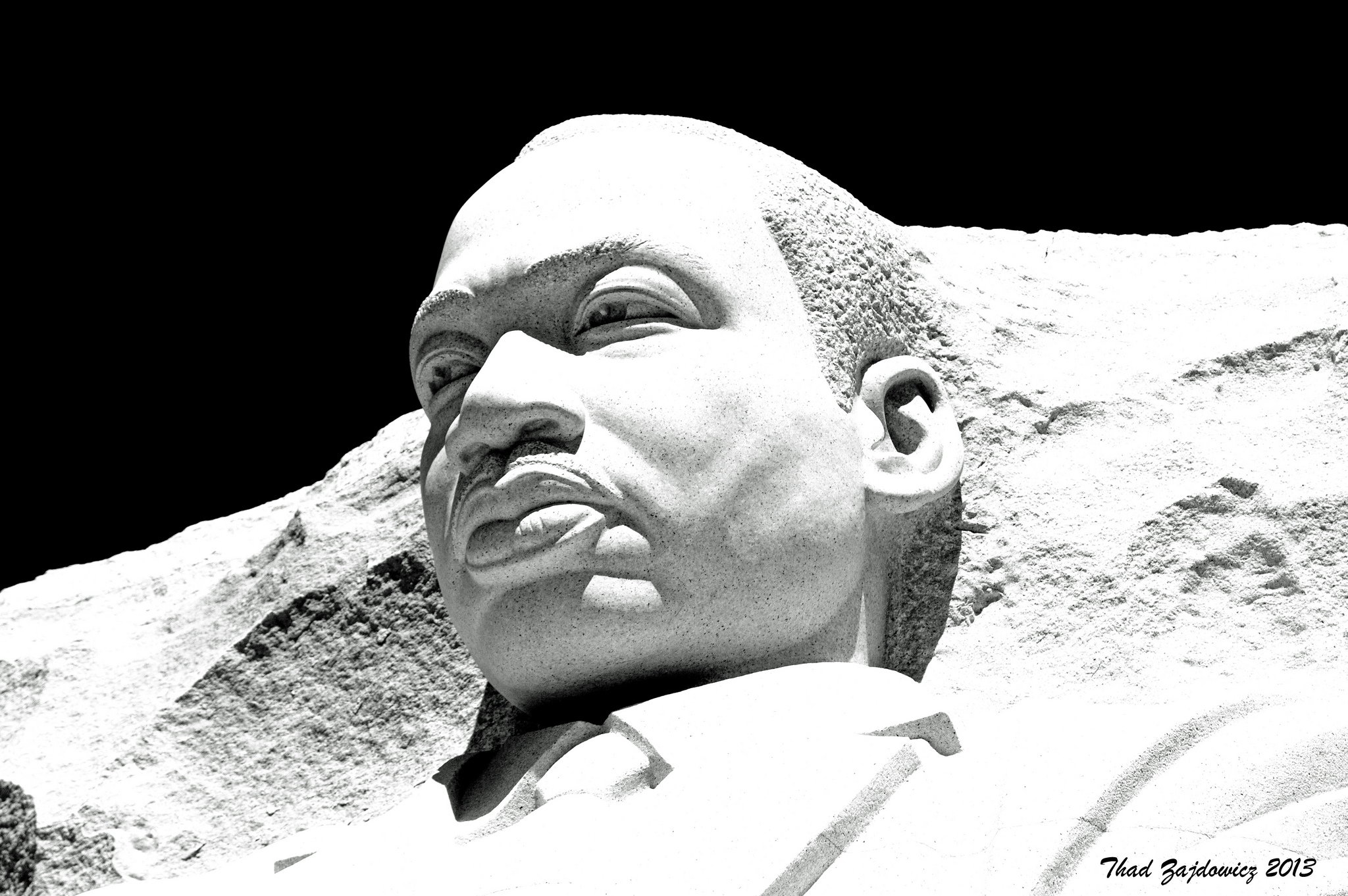
How do you view hard times in your life? Are they something to avoid at all cost? Something to endure? Something to just get past?
Leaders and Adversity
While it’s only natural to want to avoid or get away from the hard stuff of life, it’s important to recognize the role that such things play in our lives and in the formation of leaders. This might not be the message we want to hear, but it is often the difficulties of our lives—the obstacles, the hardships, the pain, the suffering…the hard stuff—that shape us into who we are as people and as leaders.
This is something my research colleague, Christopher Howard, and I have landed on in two research projects. Through our examination of leaders in the U.S., India, and Germany, we’re seeing significant trends emerging related to the role that obstacles and hardship play in the formation and shaping of leaders and leader resiliency. While everyone faces some sort of hardship in life, from a leadership perspective, these hardships have the capacity to become a training ground for leaders as they develop as people and leaders.
Ancient Wisdom
What we’re discovering through our research of course is not new wisdom. Such insight should come as no surprise for those familiar with the Bible. Consider Paul’s words in Romans 5:3-5.
“Not only that, but we rejoice in our sufferings, knowing that suffering produces endurance, and endurance produces character, and character produces hope, and hope does not put us to shame, because God’s love has been poured into our hearts through the Holy Spirit who has been given to us.“
From this perspective we can even rejoice in suffering, because suffering is part of a larger story. People of hope…people of character…people of endurance often can look back to find the earlier seeds of adversity in their stories. Such adversity is the soil and the seed from which endurance, character, and hope blossom.
Developing through the Hard Things
Here’s what one of the readers of the purposeinlieadership blog wrote about this theme from his own journey:
“Paradoxically, poverty taught me a lot about personal and professional leadership … being underprivileged but feeling privileged to learn valuable lessons on life and leadership …. being poor in material possessions but rich in leverage-guided intangible assets … finding purpose in life through a purposeless living environment … being hopeful while living in a hope-deprived ecosystem.”
That is powerful perspective. As you consider your own life, your hardships and difficulties might look different. But they are significant as well. These obstacles—pain, difficulty, struggle…the hard stuff—provide a shaping influence on our lives.
Looking at Your Story
In his book entitled Tell Me a Story: The Life-Shaping Power of Our Story, Daniel Taylor presents a case for the power of story by emphasizing how the many-textured stories of our lives, including stories of both joy and hardship, have a profound impact on our lives. Taylor writes:
“The point is not to tell only Pollyanna tales about one’s beginnings. It is to see tales of pain in the context of a larger whole. We should marvel as much that pain coexists with and even stimulates good as we lament pain’s destructive consequences.”
Here again, we might want to just focus on the positive parts of the story, but the hardships and difficulties are part of the larger whole and part of what develops in us the things that matter most.
Resiliency, Character, and Compassion
Understanding what the hard things in life are producing in us can be complex. I certainly don’t want to minimize or make light of anyone’s pain. Hardships, obstacles, suffering, difficulties, and pain run deep. But for some, seeing the fruit that has or may emerge out of the soil of adversity can lead to hope.
So what are the hard things producing? Most clearly from our research thread is an affirmation that hard things are associated with increased resiliency in the lives of leaders. While suffering and hardship may not always result in resilience, it has this developmental potential in our lives. Beyond resiliency, there is good reason to argue for how hardship has the potential for developing both personal character and compassion for others as well. As much as any time in history, people are longing for such leaders—leaders of resilience, character, and compassion.
Taking the Next Steps
So, what are the hard things you’ve faced in life and leadership? While it is understandable that we want to just put these hard things behind us, it may be that the hardest parts in our life stories are providing us with the very resiliency, character, and compassion we need to lead in the days ahead.
As a leader or emerging leader, I encourage you to spend some time exploring with a friend, family member, mentor, or counselor how these parts of your journey may be part of the larger story of what God wants to do in and through your life and leadership. Admittedly, this type of work is not always easy, but there is great potential for courageous leaders who are willing to look at what it means to lead through—and from—the hard stuff of life.










